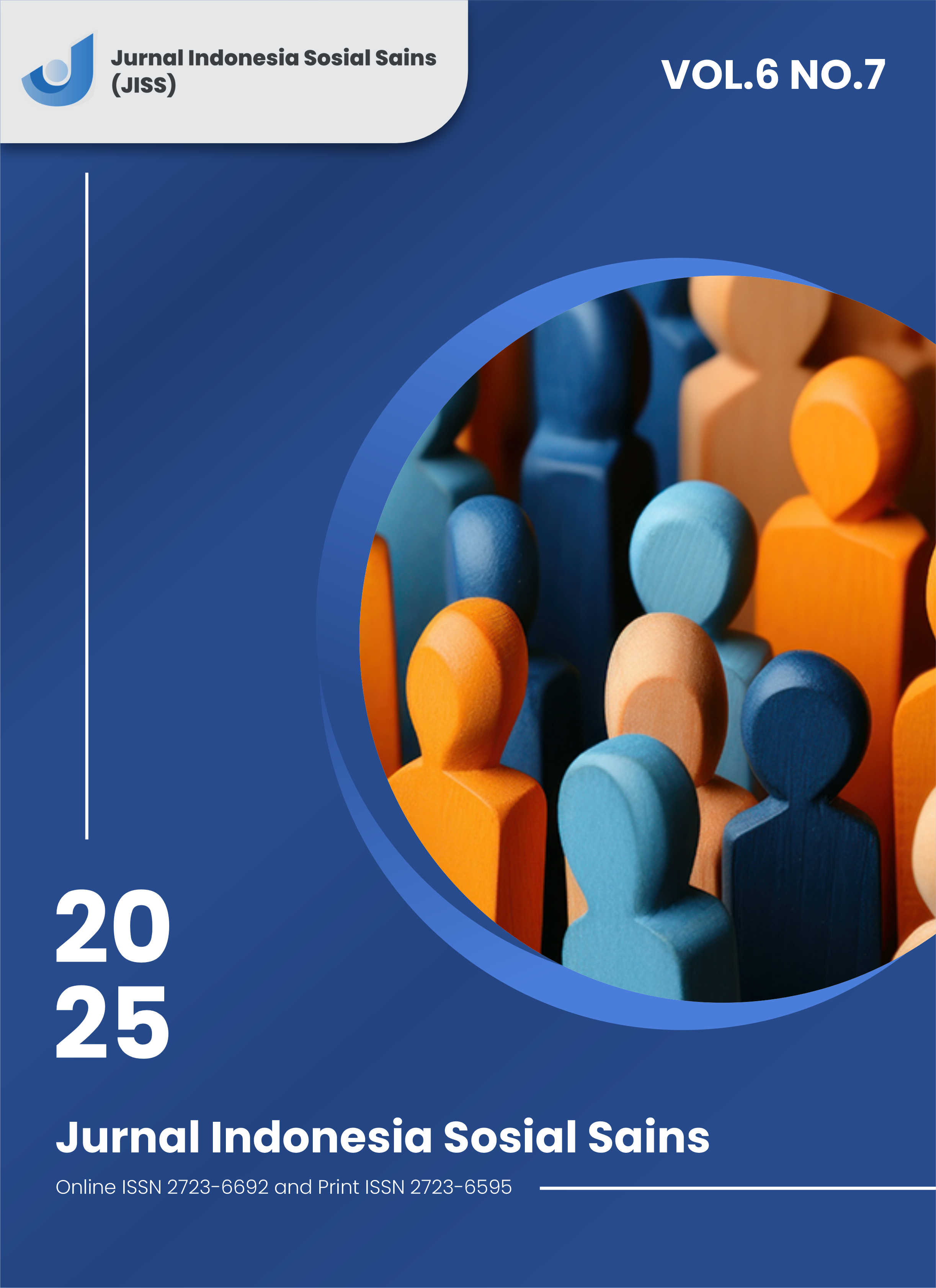Histopathology Of Organ Tissues In Dengue Fever Patients: A Narrative Review
DOI:
https://doi.org/10.59141/jiss.v6i7.1815Keywords:
Histopathology, Dengue hemorrhagic fever, organ tissuesAbstract
Dengue hemorrhagic fever is one of the tropical diseases that is still a global public health problem, this is closely related to the environmental conditions that support the life cycle of the Aedes species mosquito, which is the vector of its spread. Laboratory testing to support diagnosis is generally by examining viral or serological components. The technique is limited to the acute phase, so the role of histopathological aspects that explain changes in tissue structure in organs is significant. The histopathology reports of dengue hemorrhagic fever patients in this literature review will be summarized so that they can be used as a reference source for medical laboratory technology students, strengthening understanding of the tissue pathology of dengue virus infection. A total of ±126 million academic articles, reduced to the 50 papers most relevant to the research question. There are 7 articles that meet the criteria. Post-infectious organ tissue in dengue hemorrhagic fever patients, showing various conditions such as necrosis, edema, hemorrhage, vascular congestion in various organs; infiltration of inflammatory cells; viral replication characterized by the expression of dengue virus antigens in various cells; as well as the expression of chemokines and cytokines.
Downloads
Published
How to Cite
Issue
Section
License
Copyright (c) 2025 Hastuti Herman, Sunarto Sunarto

This work is licensed under a Creative Commons Attribution-ShareAlike 4.0 International License.
Authors who publish with this journal agree to the following terms:
- Authors retain copyright and grant the journal right of first publication with the work simultaneously licensed under a Creative Commons Attribution-ShareAlike 4.0 International. that allows others to share the work with an acknowledgement of the work's authorship and initial publication in this journal.
- Authors are able to enter into separate, additional contractual arrangements for the non-exclusive distribution of the journal's published version of the work (e.g., post it to an institutional repository or publish it in a book), with an acknowledgement of its initial publication in this journal.
- Authors are permitted and encouraged to post their work online (e.g., in institutional repositories or on their website) prior to and during the submission process, as it can lead to productive exchanges, as well as earlier and greater citation of published work.












